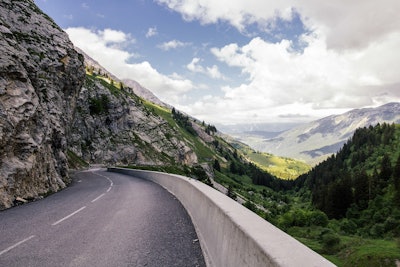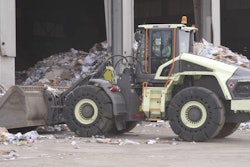
Reflective pavement can go a long way toward reducing the urban heat island effect, but the embodied energy and emissions in some materials may present unexpected drawbacks, according to new research from the DOE’s Lawrence Berkeley National Laboratory.
The research team conducted lifecycle assessments of conventional and cool pavement materials and simulations of building energy consumption to examine the environmental impact of each material’s full lifecycle. Asphalt concrete, the most common material used for pavement, is dark and has a low albedo (a measure of solar reflectance). Cement concrete is lighter, and thus has a higher albedo, but it requires a high-temperature process that is considerably more energy- and carbon-intensive than making asphalt from petroleum. Albedo affects buildings by reflecting more or less sunlight to them and by changing the outside air temperature, though a higher reflectance is generally considered a positive as less heat is absorbed.
The researchers also compared the two types of concrete to reflective coatings as well as pavement that includes industrial waste products like slag and fly ash as a way to replace some of the energy-intensive cement in concrete. The energy and emissions associated with each pavement type’s materials and construction were paired with a regional climate model and simulated building energy consumption to determine the likely impact on buildings. The team was surprised to find that in most cases, the extra energy embodied in the cool material far outweighed the energy savings from increasing the albedo.
“Over the lifecycle of the pavement, the pavement material matters substantially more than the pavement reflectance,” explains Ronnen Levinson, a researcher in Berkeley Lab’s Heat Island Group. “I was surprised to find that over 50 years, maintaining a reflective coating would require over six times as much energy as a slurry seal. The slurry seal is only rock and asphalt, which requires little energy to produce, while the reflective coating contains energy-intensive polymer.”
Read more from Buildings.com


















